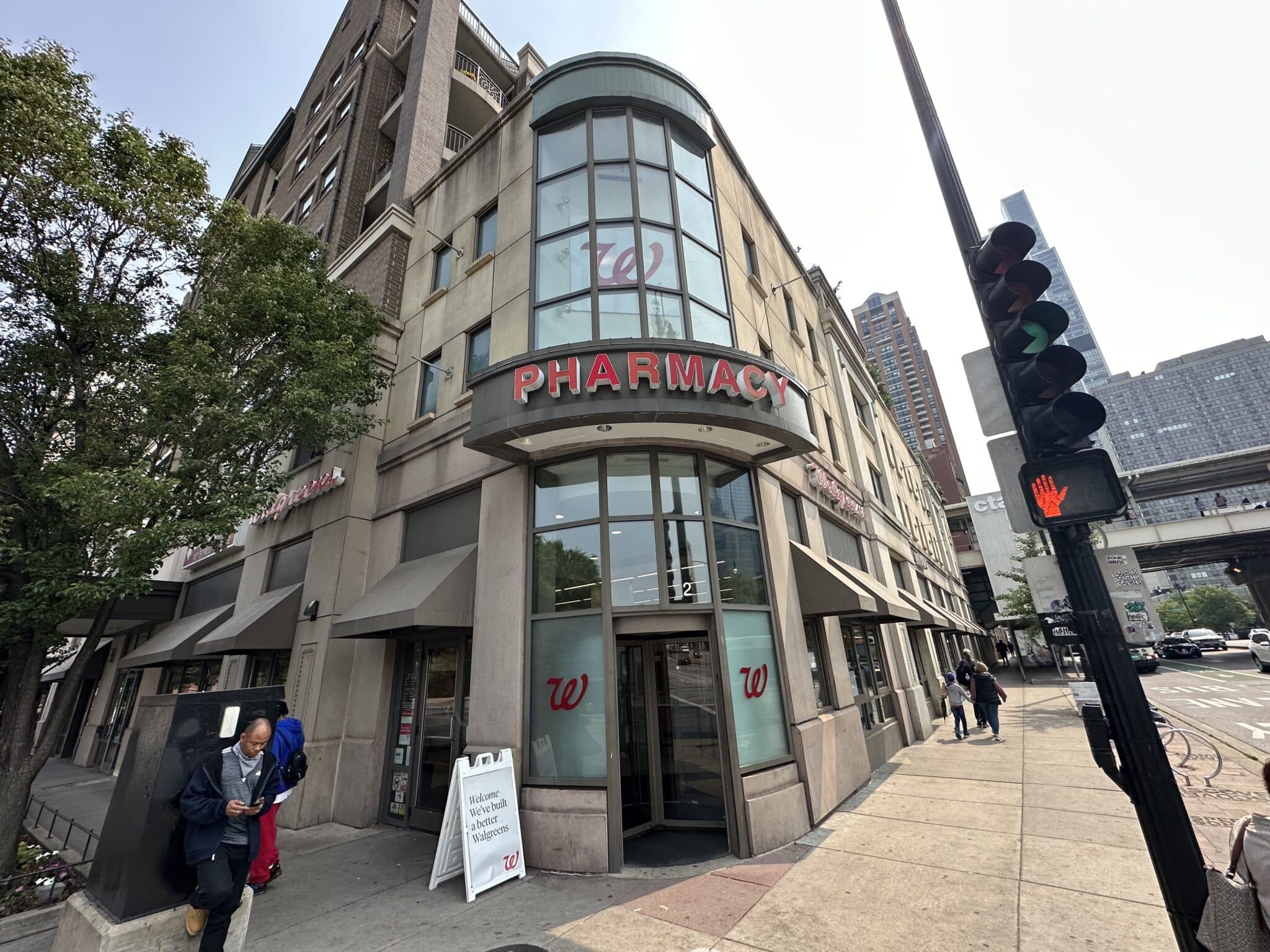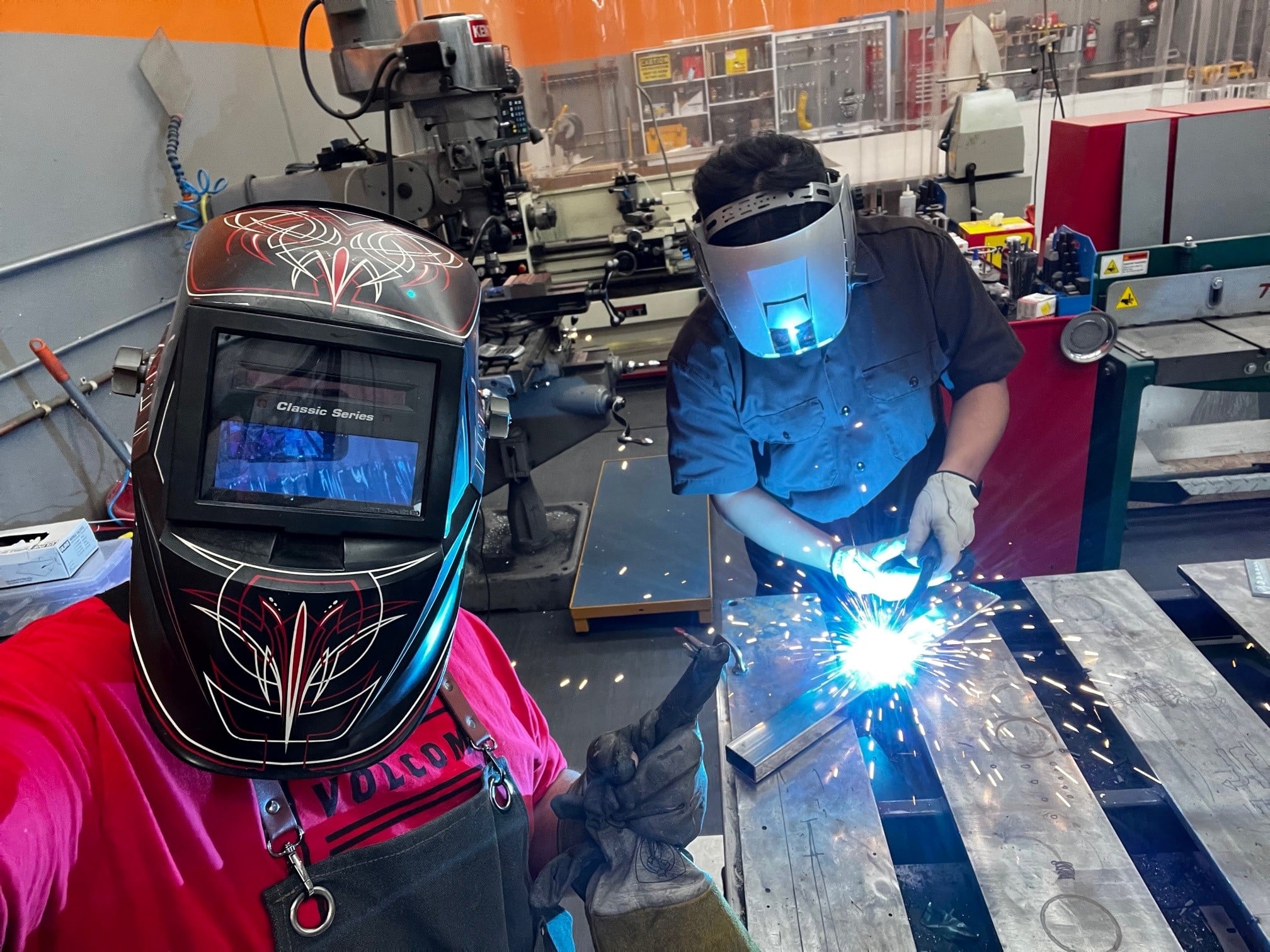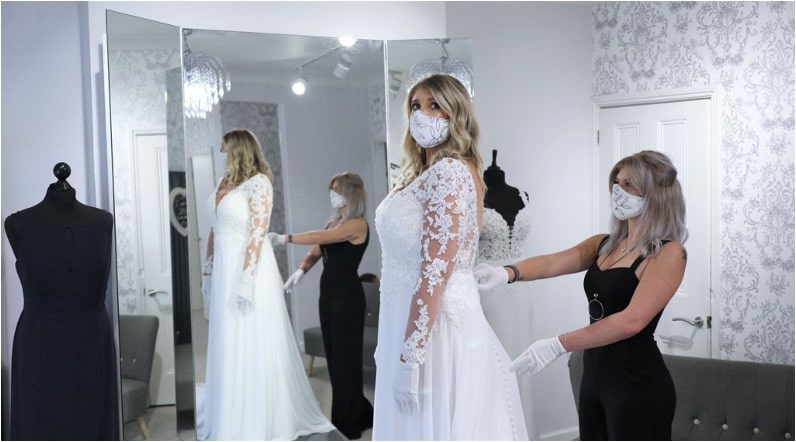Walgreens is experimenting with a new store format, which made its debut earlier this year. A few folks from our team recently visited the newly redesigned Walgreens in the South Loop area of Chicago. The experimental new format is a move in the direction of hybrid retail, but we suspect it’ll take several more iterations of this new concept before Walgreens gets it right.
RETAIL VOICES: Alan McFarland
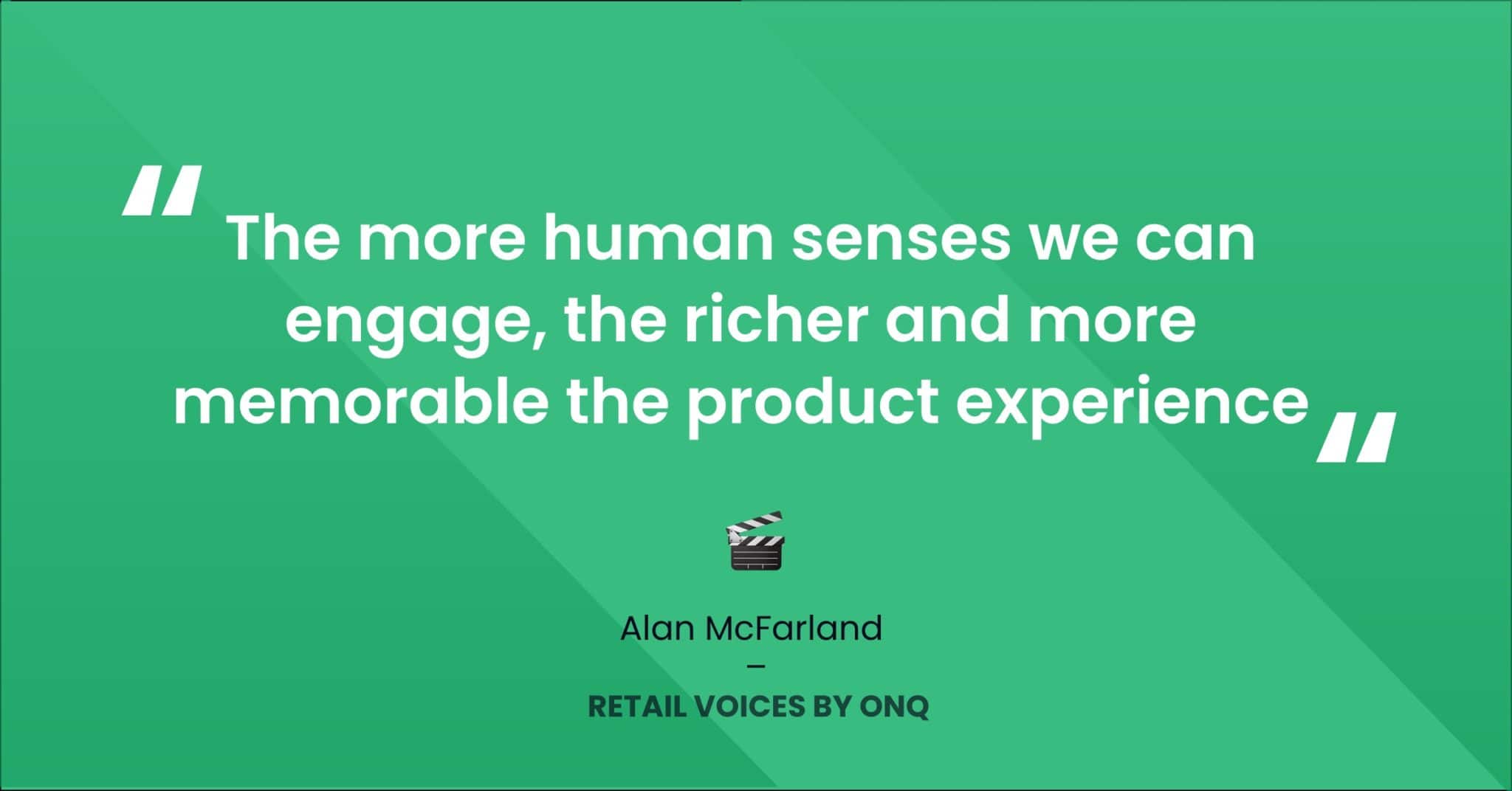

I’m pretty sure you’re the first OnQ employee with an IMDB page – and an extensive one at that! What sort of work have you done in film and television?
I spent the first 27 years of my career mostly working on movies, with occasional TV projects. I did electrical engineering for special effects and visual effects, and having done postgraduate studies in cinematography at the American Film Institute, I have a firm foundation in lighting. So I’d get called upon to design specialty lighting effects on projects like The Fifth Element, Watchmen, various Star Trek projects and the Babylon 5 franchise. Some of my favorite work includes the lightsuits on Tron Legacy and Robin Williams’ robot suit electronics for Bicentennial Man.
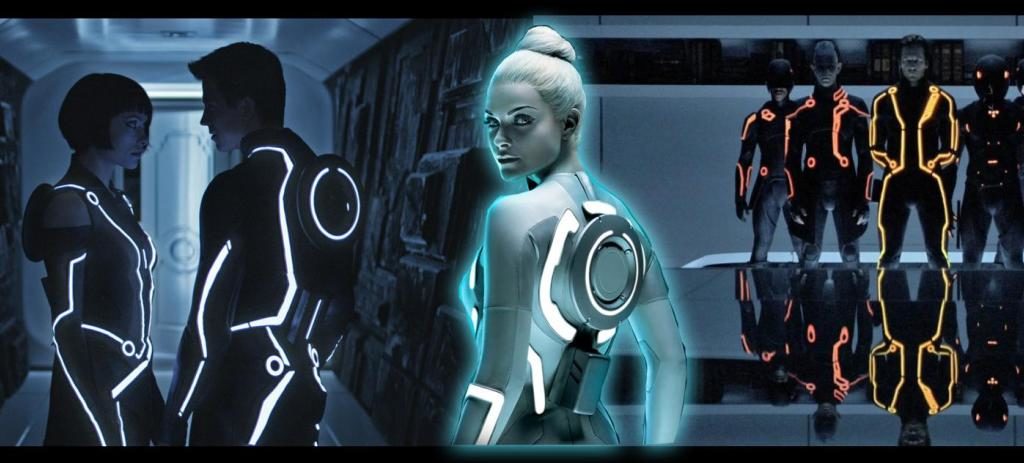
Wow, so you’ve spent more than two decades on the production side of the entertainment industry. How and why did your career path move into the retail space?
Around 2007, I was approached by an LA-based company that designs lobby displays for movies—those big, usually-cardboard constructs that sit in the lobby of a theater to promote upcoming films. Many times the studio would want something flashy and eye-catching to draw the patrons to check out the display. I was encouraged to get really creative with these. This company also made cardboard displays for retail, and through my consulting work I got to know many of the players that build the more durable retail displays. After a few months I started getting full-time employment offers, and it seemed like an interesting time for a change, so I did. That was about 9 years ago, and the rest is history, as they say…
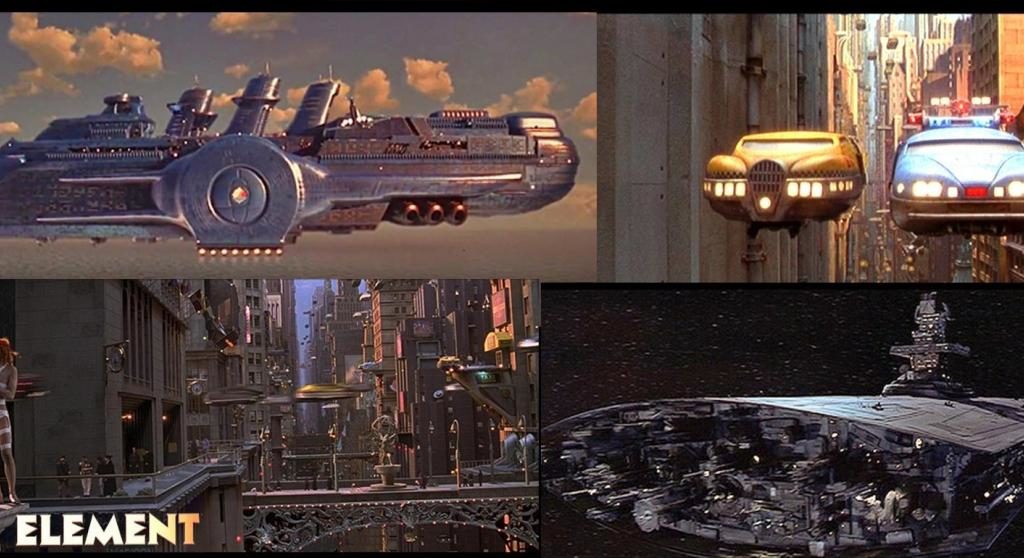
So tell me a little bit about your role at OnQ. What does your day-to-day routine entail?
Lots and lots of meetings…frequently these are brainstorming sessions about how to creatively solve technological problems our clients are encountering. Putting my mind to these concerns, especially where blue-sky and thinking outside the box is encouraged, really gets the adrenaline flowing. I love the challenge, and coming up with the solution is its own reward.
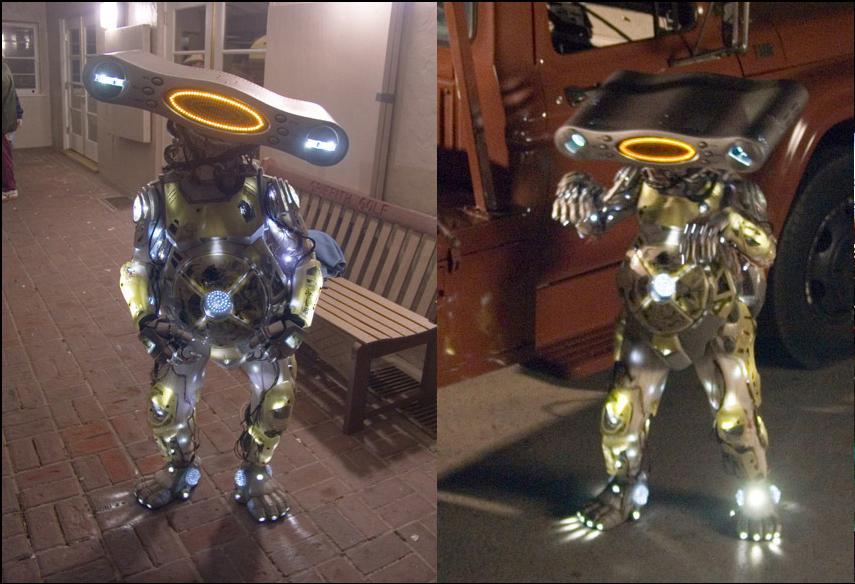
I see that a good amount of your work in film and TV involved the creation of miniatures, and in particular the process of lighting those miniatures to create a realistic, lifelike visual. Are there parts of that skillset that translate to your current work at OnQ?
At the end of the day it’s all still showmanship, whether I’m using my skills to further the plot of a 100-page screenplay or tell the story of a product on a shelf in a retail store. With retail, the customer’s experience is similar to going to a play or a theme park; there’s a visceral element to it that you don’t have as a passive moviegoer. With retail, you want to capture their attention to explain why your product is the best, whereas on a movie you already have their attention and can be much more subtle. From a more practical side, displays I work on for retail must last months or years. On a movie, my work only has to exist and look good for a few weeks, or sometimes even just a few takes on a single day.
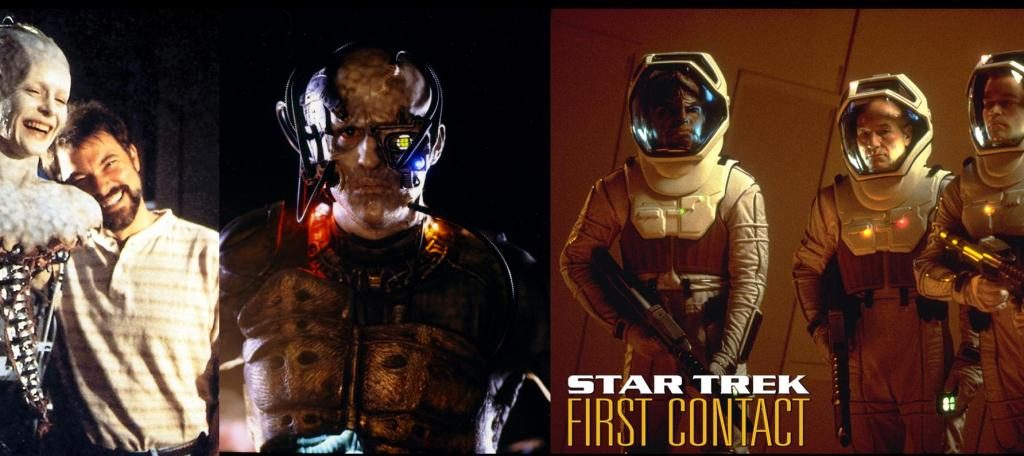
Customer experiences at retail are changing pretty rapidly. From a technical standpoint, from your perspective what sort of innovation will drive the next generation of retail displays?
The future will be all about proactively telling the tale of the product featured. Engagement in varying degrees is key. The product’s story needs to be conveyed at the rate and level of detail the shopper wants, in a manner that keeps them exploring until the purchase decision is made. This is the true strength of retail – being right there with the technology and showmanship to differentiate the product in a physical, palpable fashion. Shopping online is akin to a movie on TV: all the experience of the product is completely virtual.
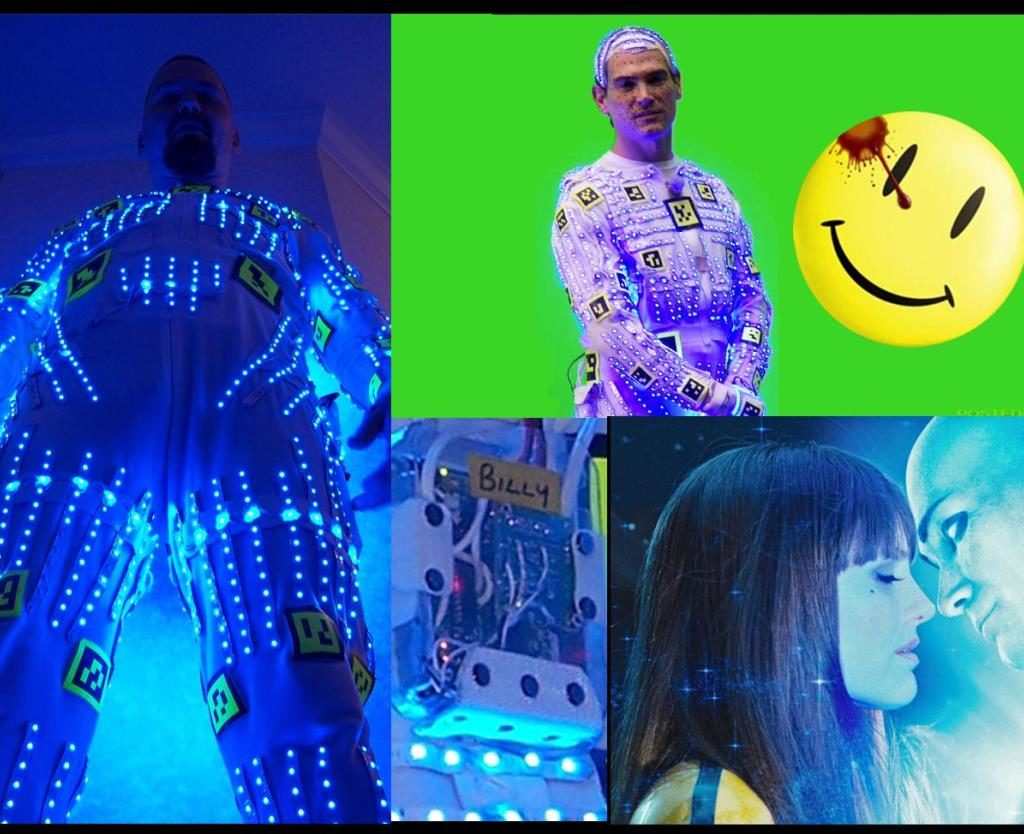
Looking ahead a year or two (or five), how to you envision technology will impact the retail space? What are some of the big breakthroughs we should expect in the not-so-distant future?
Interacting with product displays using pushbuttons has been around at retail for many decades. Merely looping video is no longer interesting as it has become so ubiquitous. Touchscreens afforded more shopper engagement and methods to curate the retail experience, but fell out of favor during the Covid pandemic. The user interface moved from the display to the smartphones we all carry now, and that allowed a two-way path between the customer and the brand, when the customer so chose. We saw QR codes finally prove their utility when they’d largely been retired. I believe AR will at last prove it is more than a gimmick for retail in the years to come. None of this is revolutionary, it’s all the evolutionary morphing of the in-store experience. The more human senses we can engage, the richer and more memorable the product experience, well beyond what is possible with online shopping. And some of the tech we have in development at OnQ’s “skunkworks” lab will be revolutionary…and I’m sworn to secrecy for now, but keep watching this space!
